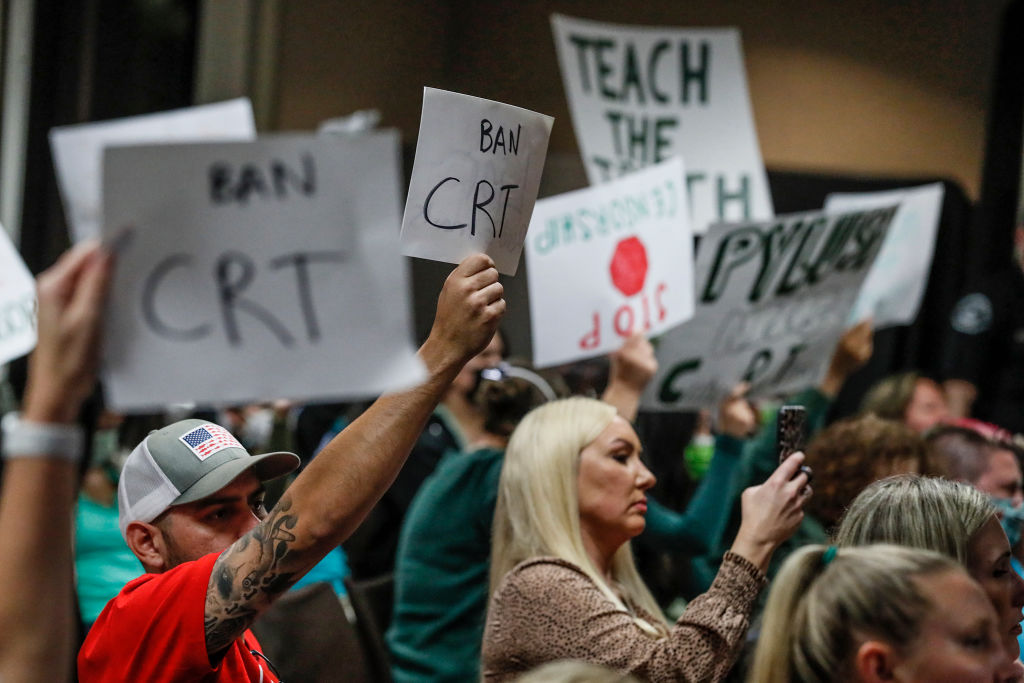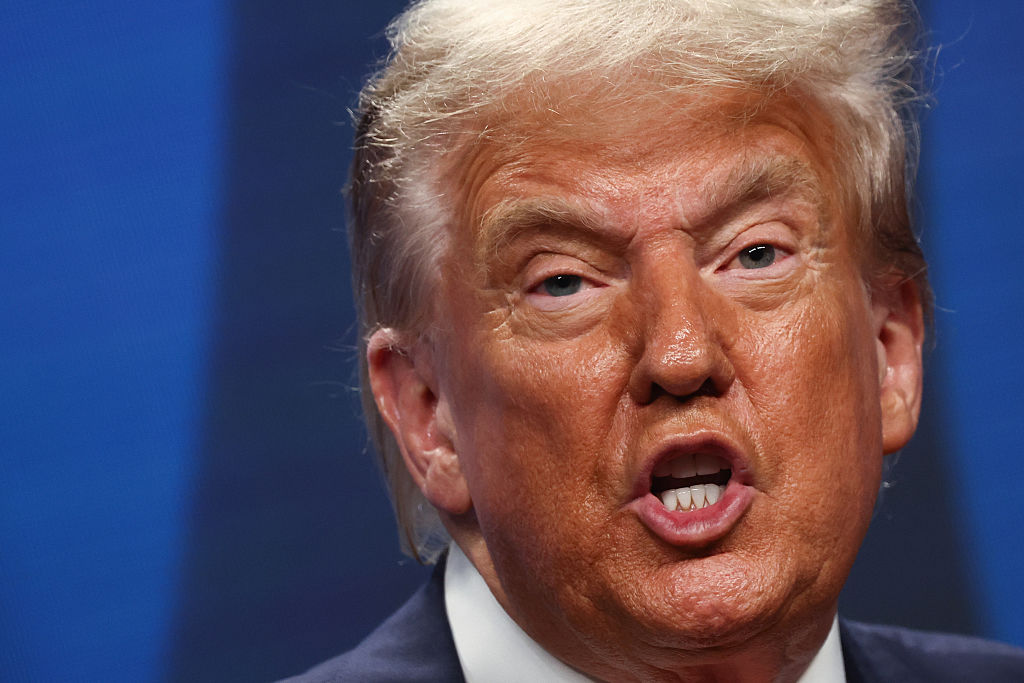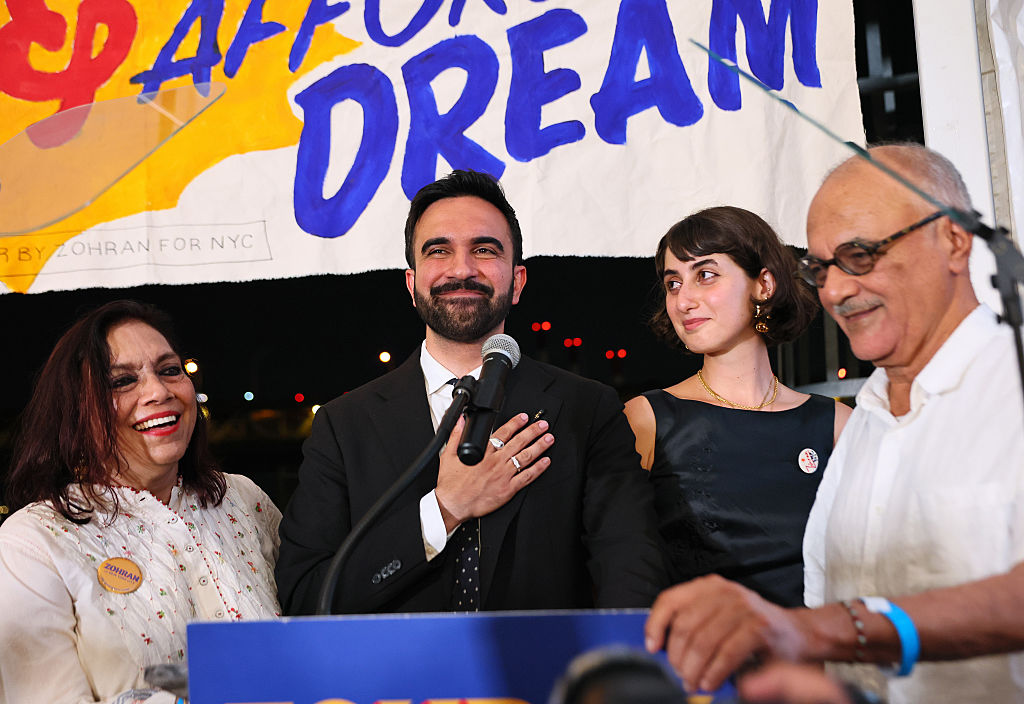How States Are Banning Critical Race Theory Matters
The Way That States Are Banning Critical Race Theory Matters

Source: Robert Gauthier / Getty
Few topics in education have dominated the news over the past few years as much as efforts to ban critical race theory from the nation’s schools. The topic is so pervasive that researchers at the UCLA School of Law Critical Race Studies Program have created a new database to track attempts by local and state government to outlaw the teaching of the theory, which holds, among other things, that racism is not just expressed on an individual level, but rather is deeply embedded in the nation’s laws and policies. The Conversation asked Taifha Natalee Alexander, director and supervisor of the database, about the overarching purpose of the database and what it has shown thus far.
1. What prompted you to track efforts to ban critical race theory?
We launched the database shortly after President Donald Trump issued an executive order in 2020 that sought to outlaw federal agencies’ and contractors’ teaching what the administration described as “divisive concepts.” These concepts include the notion that “the United States is fundamentally racist or sexist.”
We anticipated that similar measures would follow at the local and state levels. And they did. One year after Trump’s executive order – formally known as Executive Order 13950 – was introduced, federal, state and local governmental agencies introduced 250 measures to outlaw the teaching of critical race theory. The theory is meant to explain how race and the law have been used to produce systemic racism in American society.
Although President Joe Biden has since revoked Trump’s executive order, today the number of efforts to ban critical race theory has grown to 619, according to our database – CRT Forward – which was formally launched in 2021. The database covers the period from the issuance of Trump’s order to the present day.
The overall purpose of the database is to track when and how these measures to ban critical race theory have spread across the nation. I believe this will enable people to better understand the breadth and scope of governmental assaults on critical race theory.
2. What does your database show?
The database does more than identify and track measures to ban critical race theory. It also contains an analysis of each measure. More specifically, each measure is reviewed to identify the type of institution being targeted. Examples of targeted institutions include K-12 schools, colleges and universities, and government agencies.
The analyses also look at the type of conduct that is being prohibited or required. For instance, if a measure relies on surveillance of school curriculum or classroom lessons, we note that. We also look at whether measures include potential penalties, such as loss of funding.
3. What noteworthy trends has the database has brought to light?
Recently, the Critical Race Studies Program at UCLA released “Tracking the Attacking on Critical Race Theory,” a report from CRT Forward’s Tracking Project. The report highlights five unique anti-CRT national and content-specific trends:
- 40% of anti-CRT measures mimic language in Trump’s executive order
- anti-CRT measures have been introduced in 49 states
- 90% of all measures, and 94% of all enacted measures, target K-12 education
- of the measures targeting K-12 education, 73% regulate classroom teaching and 75% regulate curricular materials
- of the measures introduced by state legislatures, 1 out of 3 include enforcement provisions that would withhold funding from school districts as a consequence for violations
When you take local efforts into account, the database shows that anti-CRT measures have been introduced in every state except Delaware. That means in 49 states, even if efforts to outlaw critical race theory were not introduced at the state level, they were introduced in at least one municipality or by a local school board.
Consider, for example, California. There, even though no critical race theory bans have been proposed at the state level, 11 have been introduced at the local level, seven of which have been enacted. As a result, the percentage of measures enacted against critical race theory in California is higher than in states like South Carolina, where 3 of 19 proposed bans have been enacted.
Taifha Natalee Alexander, CRT Forward Project Director, University of California, Los Angeles
This article is republished from The Conversation under a Creative Commons license. Read the original article.
![]()
SEE ALSO:
The Critical Race Theory Explainer Every White Person Should Read
DeSantis Administration Demands Universities Report Programs On Diversity, CRT

















